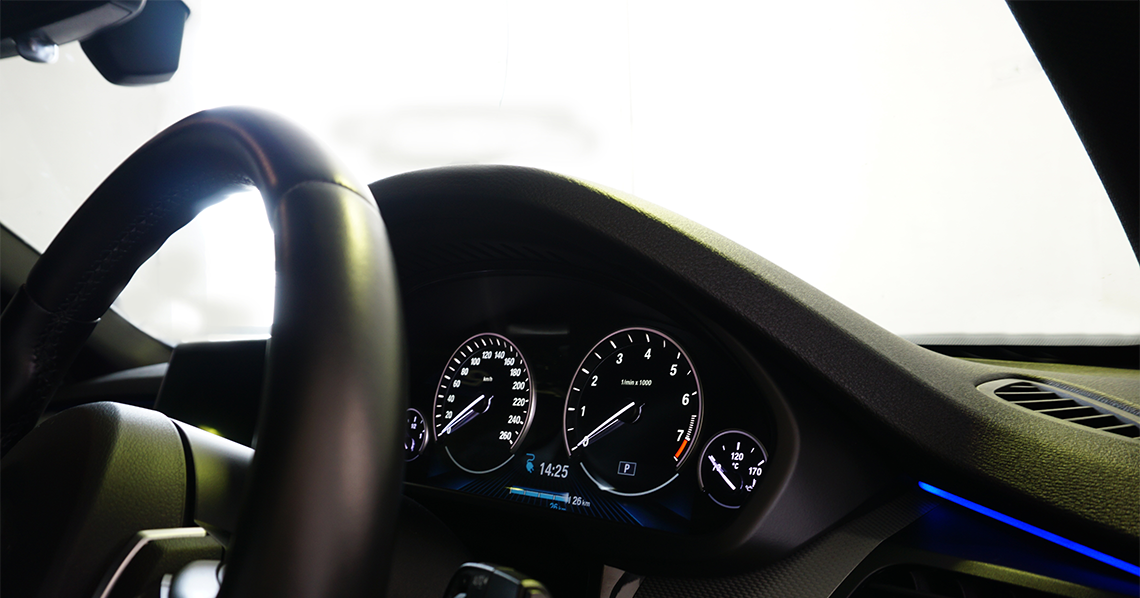All Tips
How A Tire Pressure Monitoring System Works

A tire pressure monitoring system (TPMS) is a helpful tool that is built into most modern vehicles. It monitors your tire pressure and alerts you when it becomes low enough to pose a danger. We all have so much going on we often forget about checking our tire pressure, and that’s why TPMS comes in handy.
There are two types of TPMS: direct and indirect.
- Direct TPMS works by using a sensor in the wheel of each tire that constantly monitors the air pressure. When the pressure drops too low, the sensor sends an alert to your car’s computer system, which then triggers an indicator light on your dashboard.
- Indirect TPMS uses your car’s Antilock Braking System (ABS) wheel speed systems. When the pressure in a tire drops, that tire will spin at a different speed, which sends a message to your car’s computer system and triggers an indicator light.
Overall, TPMS is a useful tool designed to give you peace of mind. By helping you maintain the correct tire pressure, you can drive knowing that you and your family are safe on the road. To learn how to check your tire pressure without a TPMS, read more here.